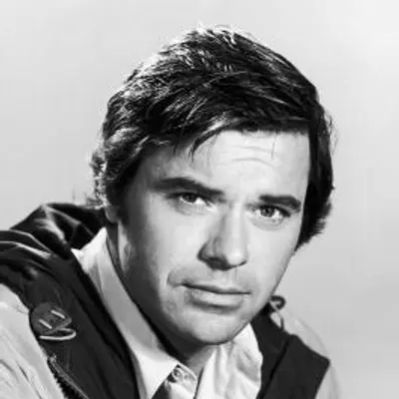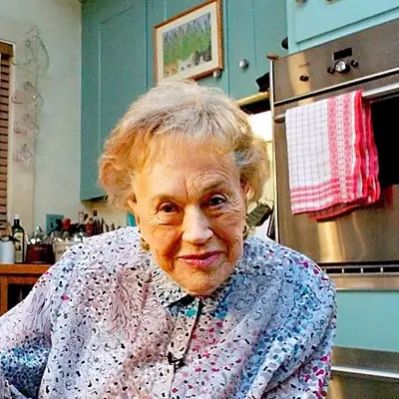What Is Robert Urich’s Net Worth?
At the time of his passing in April 2002 at the age of 55, Robert Urich, a prolific American actor and producer, had accumulated a net worth estimated at $4 million. This figure reflects earnings from his extensive 30-year career in television and film.
Robert Urich’s Career Earnings and Key Roles
Urich’s career spanned over 80 acting credits, predominantly in television. He notably starred in 15 TV shows, securing leading roles that contributed significantly to his financial standing. His most recognized roles include Officer Jim Street on “S.W.A.T.” (1975–1976), where he appeared in approximately 37 episodes. While specific per-episode salary details from that era are not publicly available, leading roles in prime-time series typically commanded substantial fees.
From 1978 to 1981, Urich portrayed Dan Tanna on “Vega$,” a role that cemented his status as a leading man. “Vega$” aired for 69 episodes across three seasons. Again, precise salary figures remain undisclosed, but his prominence in the show, coupled with its success, likely resulted in considerable earnings. These earnings were likely boosted by residuals from syndication deals after the show initially aired.
Another pivotal role was that of Spenser on “Spenser: For Hire” (1985–1988), based on Robert Parker’s novels. This series ran for 66 episodes. Furthermore, Urich reprised his role in four subsequent TV movies: “Spenser: Ceremony” (1993), “Spenser: Pale Kings and Princes” (1994), “Spenser: The Judas Goat” (1994), and “Spenser: A Savage Place” (1995). The consistent work over these years ensured a steady income stream. It’s important to consider that, at this point in his career, Urich would have likely been able to negotiate significant pay increases per episode.
In addition to his starring roles, Urich narrated over 100 episodes of “National Geographic Explorer” (1988-1995). While narration work generally pays less than acting, the sheer volume of episodes narrated suggests this provided a consistent supplementary income.
Beyond television, Urich’s film appearances, including “Magnum Force” (1973) and “Endangered Species” (1982), added to his overall earnings. Though these roles may not have been as financially impactful as his TV work, they contributed to his professional profile and income.
Urich’s producer credits on TV movies like “The Defiant Ones” (1986), “Blind Man’s Bluff” (1992), “Spenser: Pale Kings and Princes” (1994), and “Miracle on the 17th Green” (1999) would have provided him with a share of the profits, increasing his wealth. The exact financial agreements are private, but producer credits generally ensure a percentage of the overall production budget or revenue.
In 2000, Urich starred as Billy Flynn in a Broadway production of “Chicago”. While Broadway salaries can vary significantly, depending on the popularity of the show and the star’s negotiation power, this role would have supplemented his income during that period. Broadway roles can range from a few thousand dollars a week for ensemble members to tens of thousands of dollars a week for leading performers.
Robert Urich filed a lawsuit against Castle Rock Entertainment, the production company behind “The Lazarus Man,” alleging breach of contract. Although the specifics of any settlement or judgment are not public, such legal actions can sometimes result in financial compensation.
Real Estate and Other Assets of Robert Urich
In 1986, actor Tony Danza purchased Urich’s Sherman Oaks farmhouse for $1.56 million. This sale indicates that Urich had significant real estate assets at that time. The profit from this sale likely contributed to his overall net worth. Shortly after, Urich and his wife Heather purchased a 120-year-old farmhouse in Massachusetts. The details of this property, its size, and its eventual sale price, are not publicly known, but this demonstrates that Urich invested in real estate.
Beyond real estate, it is probable that Urich invested in stocks, bonds, or other financial instruments. Given his career longevity, it is reasonable to assume he had a diversified portfolio that contributed to his wealth. Details surrounding these investments, however, are not publicly available. It’s also reasonable to assume he had standard assets, like personal vehicles, furniture, and other personal belongings that are not factored into his overall net worth.
 Net Worth Ranker
Net Worth Ranker




























































